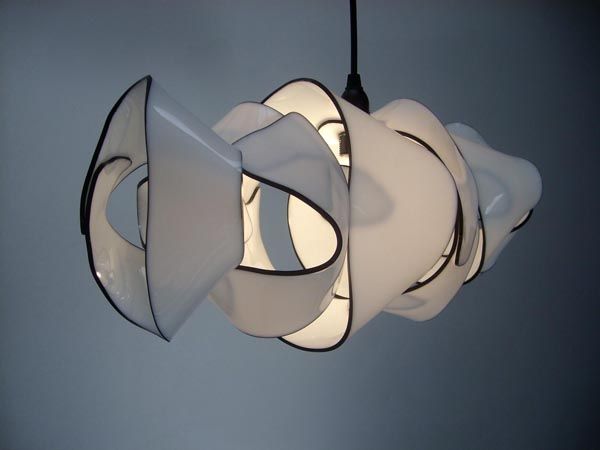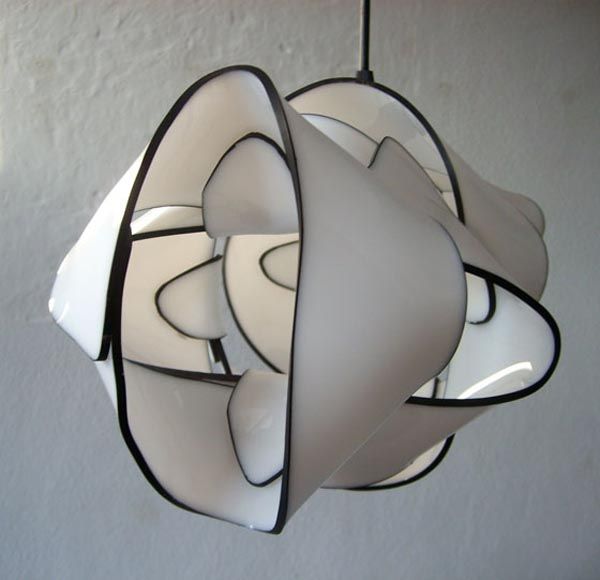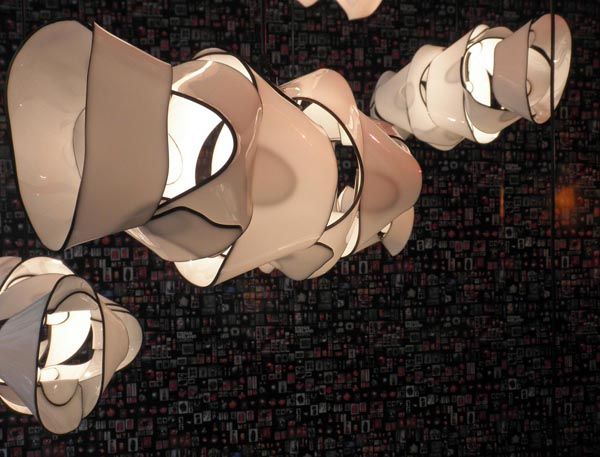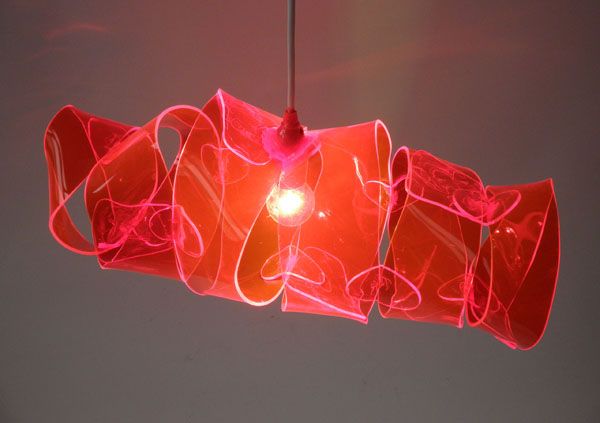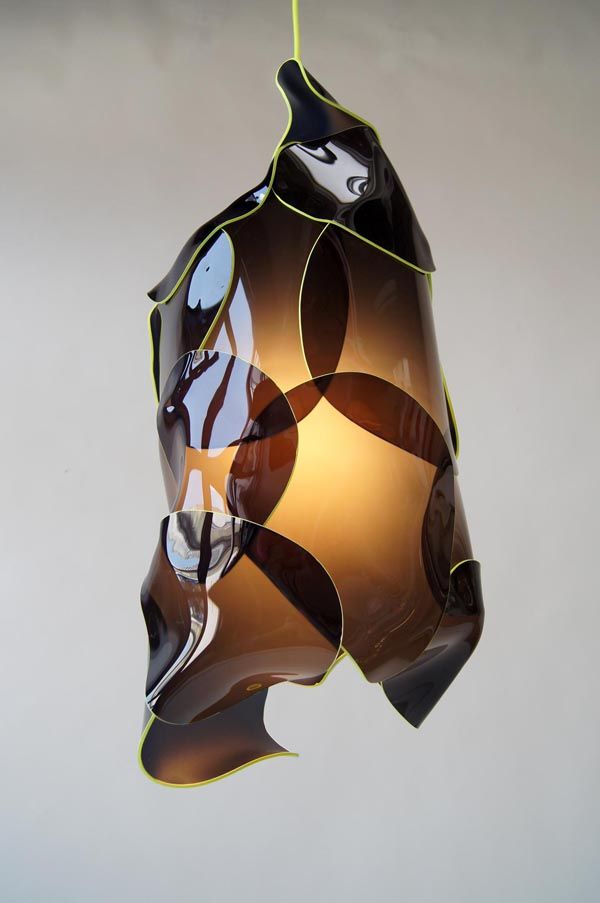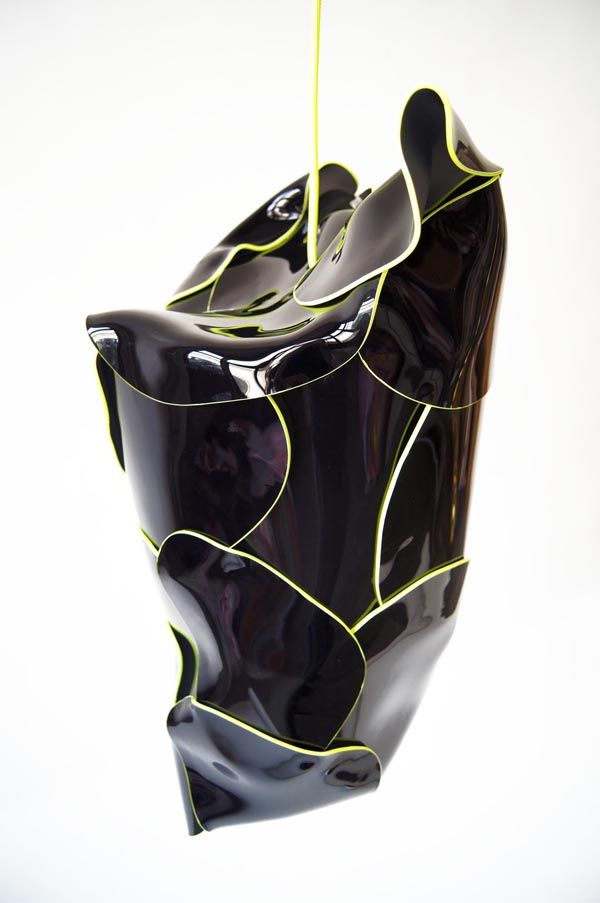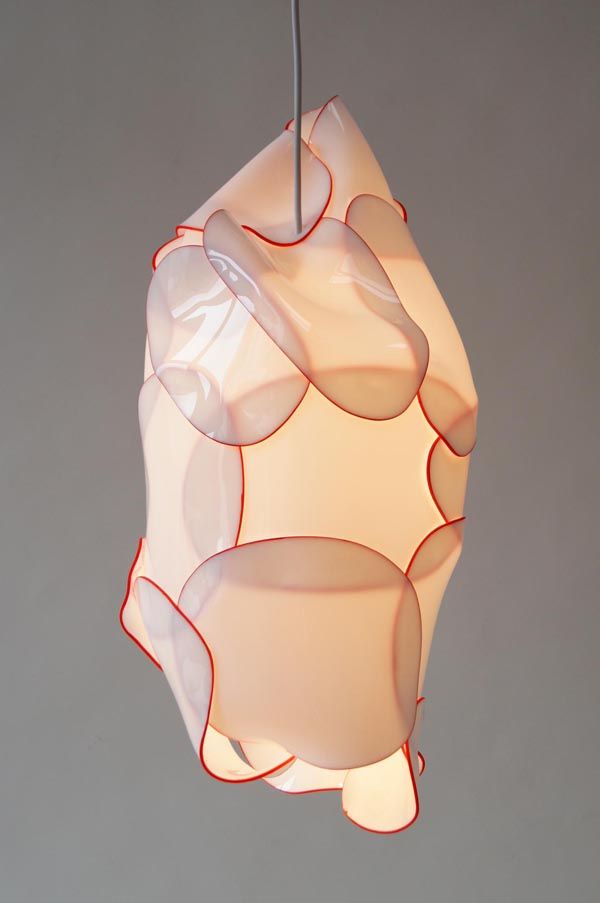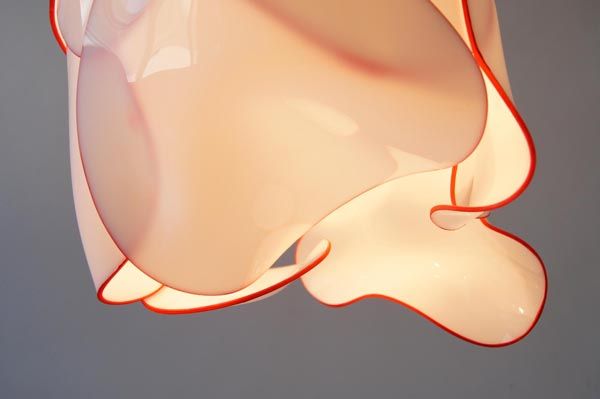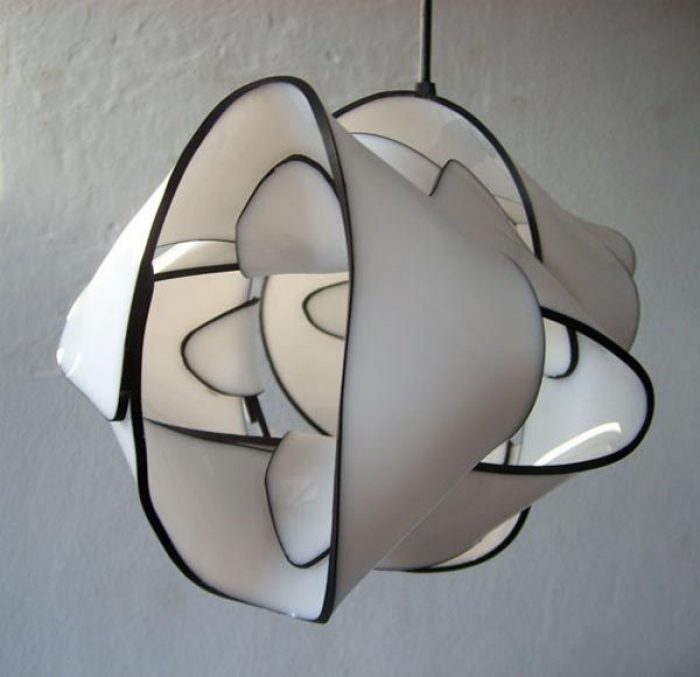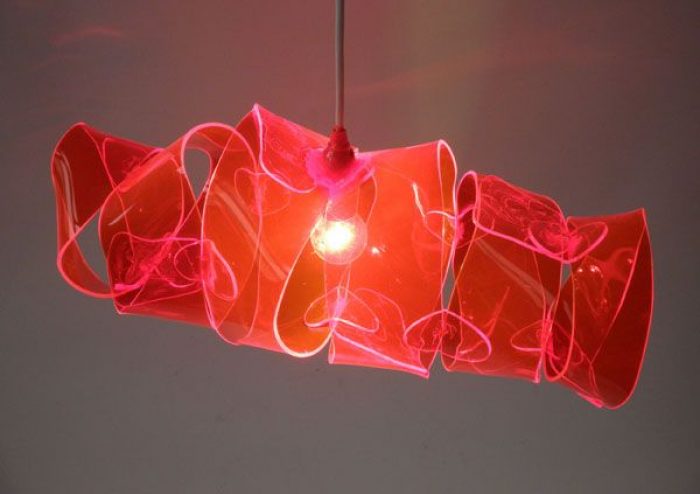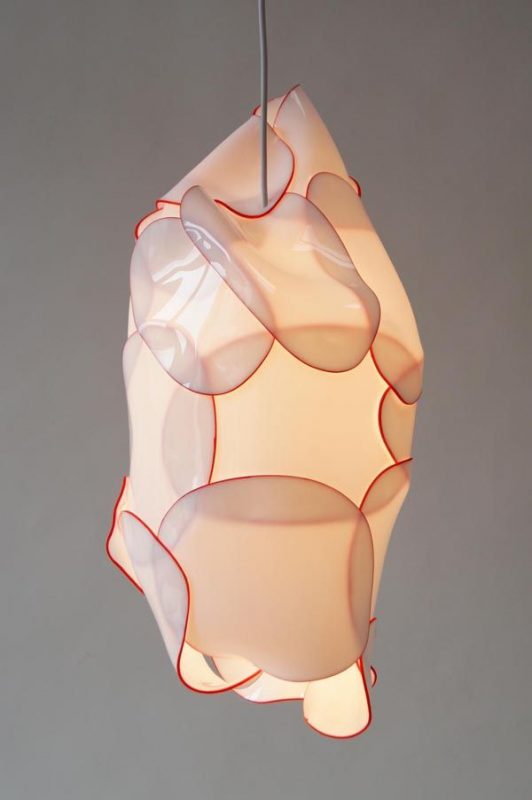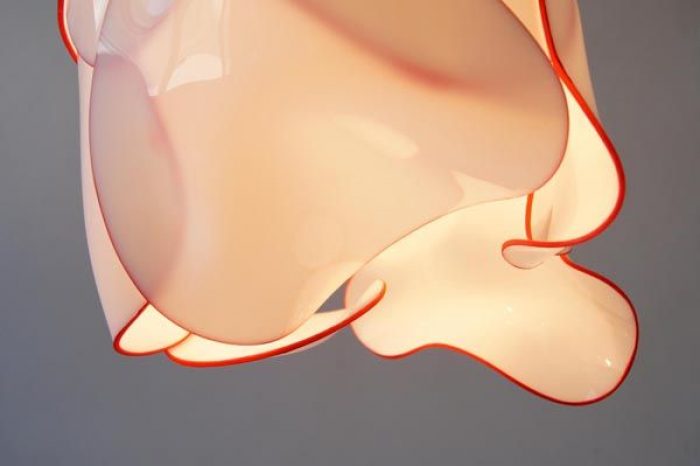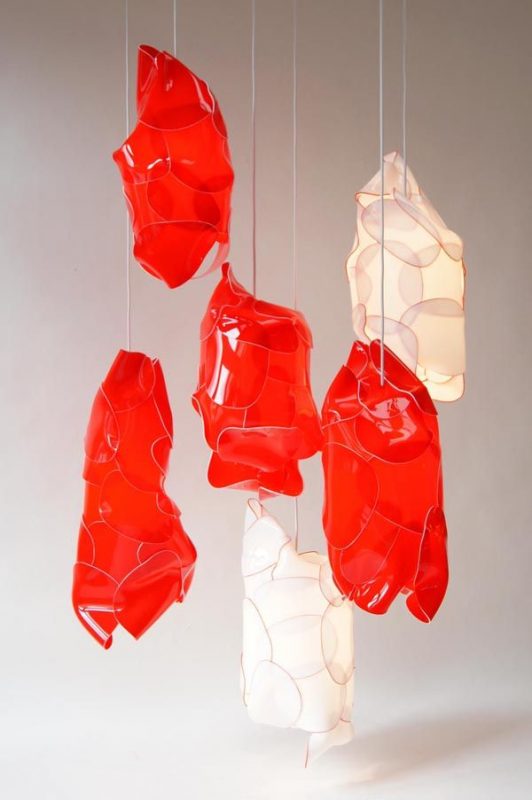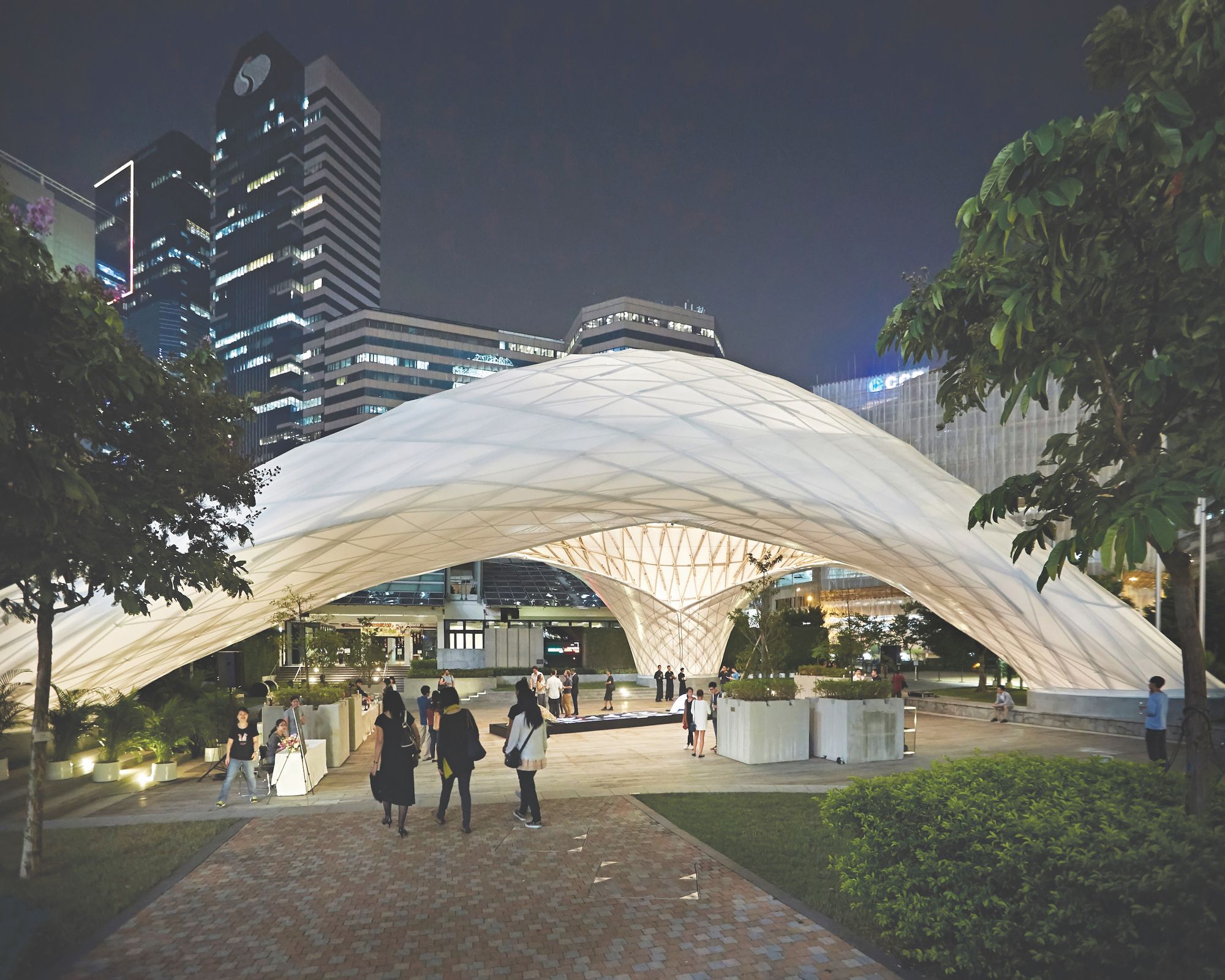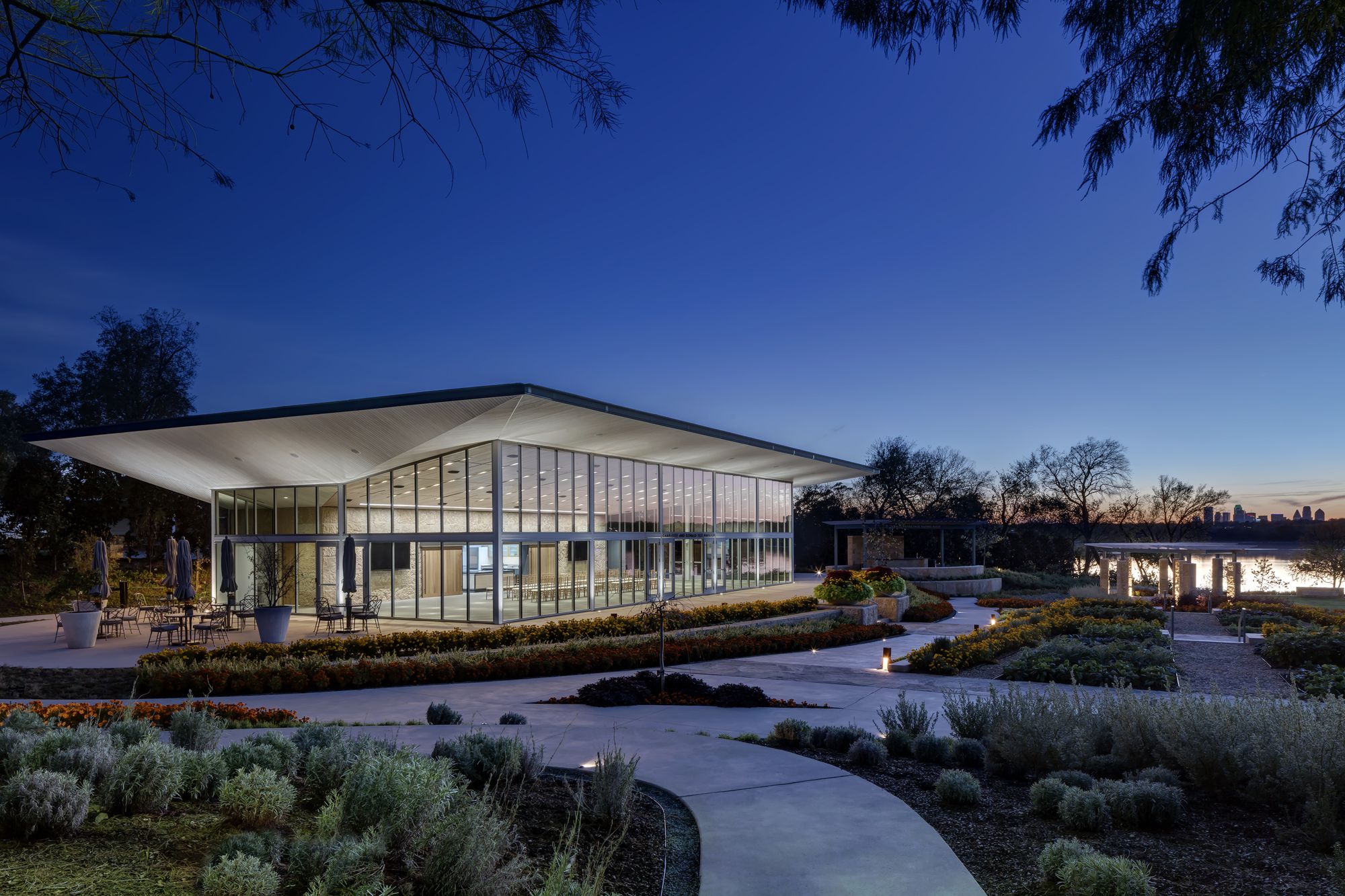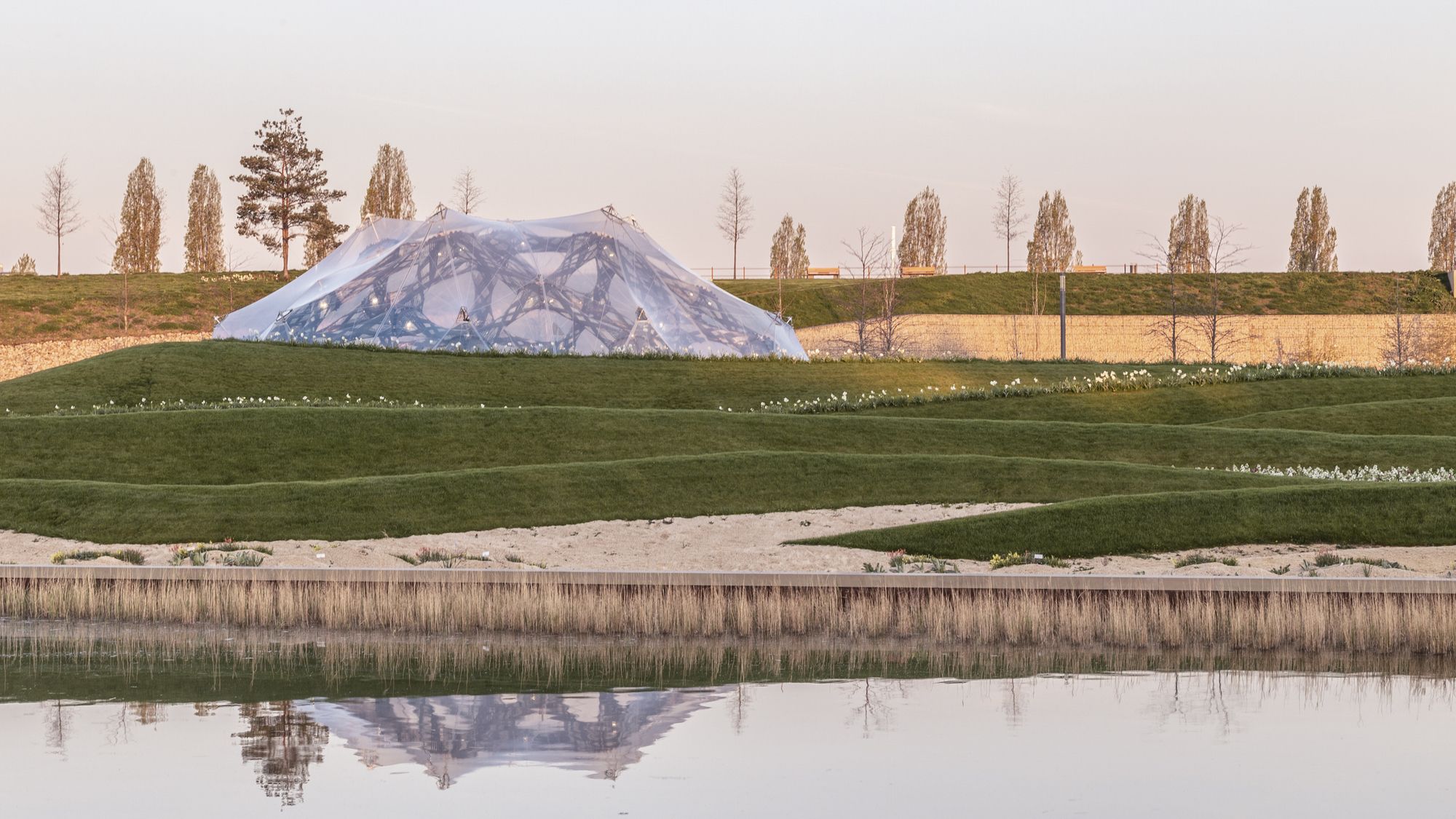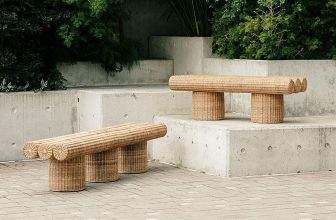Sense, sensuality and breaking from the long-established hierarchy is what Stefan Wieland, a renowned lamp designer, shows in his latest exquisite collection of luminaires – light design objects made out of acrylic, a non-standard and tradition-breaking material. This latest collection is conceived and perceived as Objects in Motion to defy norms, forms, gravity and classical chandelier stereotypes.
 Francis Ching’s theory in his ‘Architecture: Form, Space and Order’ visualizes light as the ‘prime animator of space’ and according to him, this is what determines a space’s atmosphere and experience (Ching, 1987, p. 126). Within the environmental design disciplines, light is certainly one of the most vital components yet with his series of overwhelming design luminaires, Wieland strives to object to this by turning the light object into a functional and aesthetic addition to the space, rather than make it integral part of the environment as form, texture, smell, and colour.
Francis Ching’s theory in his ‘Architecture: Form, Space and Order’ visualizes light as the ‘prime animator of space’ and according to him, this is what determines a space’s atmosphere and experience (Ching, 1987, p. 126). Within the environmental design disciplines, light is certainly one of the most vital components yet with his series of overwhelming design luminaires, Wieland strives to object to this by turning the light object into a functional and aesthetic addition to the space, rather than make it integral part of the environment as form, texture, smell, and colour.
 The Frankfurt-based artist suspends acrylic/polycarbonate sculptures with a statement that his lighting bodies should not only form an integral part of an interior’s ambience, but should also overtake the space and make a rebellious statement that light is to be perceived and accepted as an individual element with its own character.
The Frankfurt-based artist suspends acrylic/polycarbonate sculptures with a statement that his lighting bodies should not only form an integral part of an interior’s ambience, but should also overtake the space and make a rebellious statement that light is to be perceived and accepted as an individual element with its own character.
Stefan Wieland himself aims for the so-called ‘synesthetic affect’ where the lamps can make one taste sounds and smell colours. Interestingly improvisational, these objects are reminiscent of Henry Moore’s ‘Sculptural Objects’ lithograph where child-like figures dominate the space. Hence, we can conduct that Wieland’s attempt to interact with the audience is indeed successful and amusing.
 Some of the artist’s notable works are named ‘Red Eye of my White Skin’, ‘The White of my Eyes’, ‘Dark Kisses Melt Smoothly’ and evoke a celebration of the senses – a triumph of sensuality involving colours, touch, smell, taste and intimacy even. In particular, the materiality of ‘The White of my Eyes’ provokes with its semi-transparency and curved patches – almost surreal, they seem like snaps from stop-motion photographs, as Lidija Grozdanic describes.
Some of the artist’s notable works are named ‘Red Eye of my White Skin’, ‘The White of my Eyes’, ‘Dark Kisses Melt Smoothly’ and evoke a celebration of the senses – a triumph of sensuality involving colours, touch, smell, taste and intimacy even. In particular, the materiality of ‘The White of my Eyes’ provokes with its semi-transparency and curved patches – almost surreal, they seem like snaps from stop-motion photographs, as Lidija Grozdanic describes.
The melting of the patches looks as if affected by the heat of the light bulbs and adds a abstract touch to the overall installation. Each luminaire design involves individual gluing, free forming, sanding and colouring for the bodies to be deconstructive-a-like.
